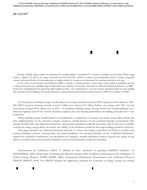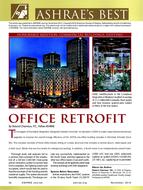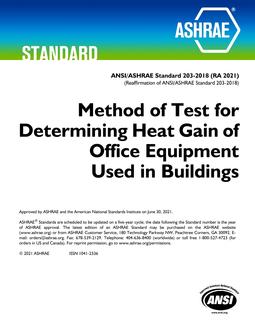The principal parameters involved in commercial freezing of foods are the initial and final temperatures of the products, the heat transfer coefficient, and the freezing time of a given size of product in relation to the overall cost of the process.
These factors are investigated for a liquid nitrogen freezing tunnel in order to assess the limitations imposed by the spheroidal state heat transfer characteristics of boiling liquid nitrogen on freezer performance. The experimental results show that the freezing time of a 128 mm (5.04 in) diameter pizza decreases by about 20% when the tunnel temperature is lowered from -100°C to – 140°C (- 148°F to -220°F). This is also true for a 180 mm (7.09 in) diameter pizza at the same condition.
The heat transfer coefficients between the vigorously boiling nitrogen sprays and the pizza surface are about 18% higher than those reported for liquid nitrogen sprays in food freezing at tunnel temperatures between – 100°C and -140°C (- 148°F and -220°F).
It was also observed that for a cryogenic freezer rated at a capacity of 2 tons/h (4410 lb/h) for the two sizes of pizza, a freezing time of 4 to 5 minutes will be adequate to bring the product center temperature from 5°C to -5°C (41°F to 23°F) if the tunnel temperature is maintained -100°C (-148°F) or lower and between 128 and 175 W/m2 • K (23 and 31 Btu/h ft2 °F) for the convective heat transfer coefficient during the freezing process. The ratio of the mass of liquid nitrogen consumed to the mass of foodstuffs is approximately 1.1 to 1.
Citation: ASHRAE Transactions, vol. 95, pt. 1, Chicago 1989
Product Details
- Published:
- 1989
- Number of Pages:
- 6
- File Size:
- 1 file , 740 KB
- Product Code(s):
- D-23637


